-
 bitcoin
bitcoin $120167.907534 USD
1.27% -
 ethereum
ethereum $4468.611945 USD
2.53% -
 xrp
xrp $3.013607 USD
1.80% -
 tether
tether $1.000549 USD
-0.01% -
 bnb
bnb $1092.592149 USD
6.28% -
 solana
solana $231.391244 USD
4.59% -
 usd-coin
usd-coin $0.999699 USD
-0.04% -
 dogecoin
dogecoin $0.259020 USD
4.30% -
 tron
tron $0.342747 USD
0.34% -
 cardano
cardano $0.860977 USD
1.07% -
 hyperliquid
hyperliquid $50.155412 USD
5.34% -
 chainlink
chainlink $22.637678 USD
0.46% -
 ethena-usde
ethena-usde $1.000528 USD
-0.07% -
 avalanche
avalanche $30.613779 USD
-0.07% -
 stellar
stellar $0.403905 USD
0.94%
Bybit contract trading introduction
Bybit's high liquidity, leverage trading, low fees, and advanced trading tools make it an ideal platform for both experienced and novice contract traders seeking to navigate the complex world of derivatives trading.
Nov 08, 2024 at 04:18 am
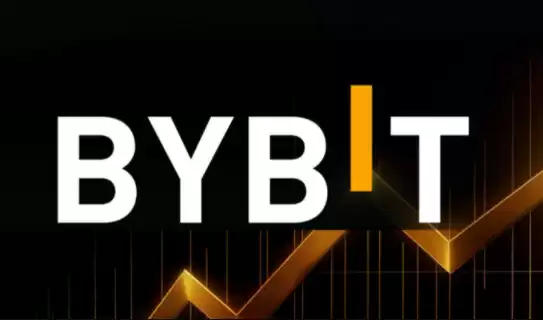
Bybit is a leading cryptocurrency exchange that offers a wide range of trading options, including spot trading, derivatives trading, and copy trading. In this article, we will focus on Bybit's contract trading platform and provide a comprehensive guide to help you get started.
What is Contract Trading?Contract trading, also known as derivatives trading, involves trading financial instruments that derive their value from an underlying asset, such as a cryptocurrency. Unlike spot trading, where you buy and sell the actual asset, in contract trading, you are speculating on the future price movements of the asset without owning it directly.
Why Trade Contracts on Bybit?- High Liquidity: Bybit is one of the most liquid cryptocurrency exchanges, ensuring fast execution of trades and minimal slippage.
- Leverage Trading: Contract trading allows you to trade with leverage, which can amplify your potential profits but also your losses. Bybit offers leverage options up to 100x.
- Low Trading Fees: Bybit offers competitive trading fees, making it cost-effective to trade contracts.
- Advanced Trading Tools: Bybit provides a wide range of charting tools, indicators, and order types to enhance your trading experience.
The first step is to create a Bybit trading account. You can sign up for a free account by providing your email address, username, and password. Once your account is created, you will need to complete the KYC process to enable withdrawals.
2. Fund Your AccountYou can fund your Bybit account using a variety of methods, including cryptocurrencies, fiat currencies, and credit/debit cards. To deposit funds, navigate to the "Assets" section of your account and select "Deposit." Follow the instructions to complete the deposit process.
3. Choose a Trading PairBybit offers a wide range of contract trading pairs, including BTC/USD, ETH/USD, SOL/USD, and many more. To choose a trading pair, navigate to the "Contract" section of the Bybit platform and select the desired pair from the dropdown menu.
4. Place an OrderThere are two main order types in contract trading: limit orders and market orders. Limit orders allow you to specify a specific price at which you want to buy or sell a contract, while market orders execute trades immediately at the best available market price.
5. Monitor Your TradeOnce you have placed an order, it will be displayed in the "Orders" tab of your account. You can monitor the progress of your trade in real-time and make adjustments as necessary.
6. Close Your TradeWhen you are ready to close your trade, you can do so by clicking the "Close" button in the "Orders" tab. You can choose to close your trade partially or fully and specify a desired closing price.
Contract Trading Strategies1. ScalpingScalping is a short-term trading strategy that involves making multiple small profits from small price fluctuations. Scalpers typically use high leverage and quick entry and exit strategies.
2. Day TradingDay trading involves opening and closing trades within a single trading day. Day traders aim to profit from intraday price movements and identify opportunities based on technical analysis.
3. Swing TradingSwing trading holds trades for a longer period, typically several days or weeks, aiming to capture larger price swings. Swing traders use technical analysis to identify potential trend reversals and trade on momentum.
4. Trend FollowingTrend following is a long-term trading strategy that involves identifying and trading in the direction of established trends. Trend followers use a combination of price action, technical indicators, and fundamental analysis to identify profitable trade setups.
5. HedgingHedging is a risk management strategy used to reduce exposure to market fluctuations. Hedging involves taking opposite positions in two or more correlated instruments to offset potential losses.
Disclaimer:info@kdj.com
The information provided is not trading advice. kdj.com does not assume any responsibility for any investments made based on the information provided in this article. Cryptocurrencies are highly volatile and it is highly recommended that you invest with caution after thorough research!
If you believe that the content used on this website infringes your copyright, please contact us immediately (info@kdj.com) and we will delete it promptly.
- BlockDAG, DOGE, HYPE Sponsorship: Crypto Trends Shaping 2025
- 2025-10-01 00:25:13
- Deutsche Börse and Circle: A StableCoin Adoption Powerhouse in Europe
- 2025-10-01 00:25:13
- BlockDAG's Presale Buzz: Is It the Crypto to Watch in October 2025?
- 2025-10-01 00:30:13
- Bitcoin, Crypto, and IQ: When Genius Meets Digital Gold?
- 2025-10-01 00:30:13
- Stablecoins, American Innovation, and Wallet Tokens: The Next Frontier
- 2025-10-01 00:35:12
- NBU, Coins, and Crypto in Ukraine: A New Yorker's Take
- 2025-10-01 00:45:14
Related knowledge
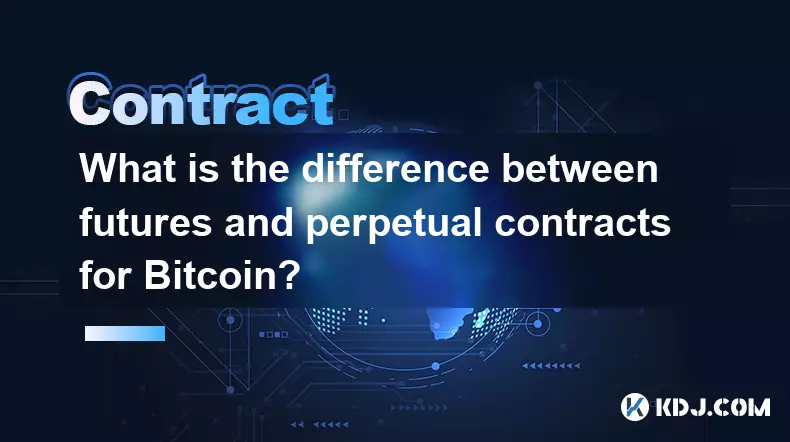
What is the difference between futures and perpetual contracts for Bitcoin?
Oct 02,2025 at 11:54pm
Understanding Bitcoin Futures Contracts1. Bitcoin futures are derivative instruments that allow traders to speculate on the future price of Bitcoin at...
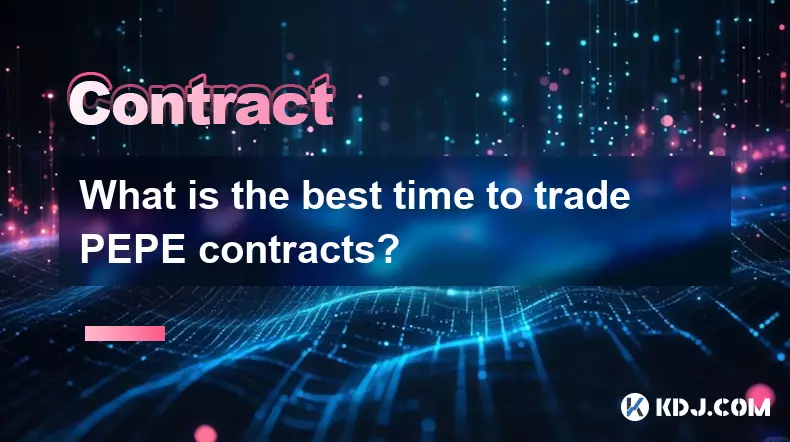
What is the best time to trade PEPE contracts?
Oct 03,2025 at 11:54am
Understanding PEPE Contract Volatility1. PEPE contracts exhibit extreme price fluctuations due to their meme-based nature and low market cap. Trading ...
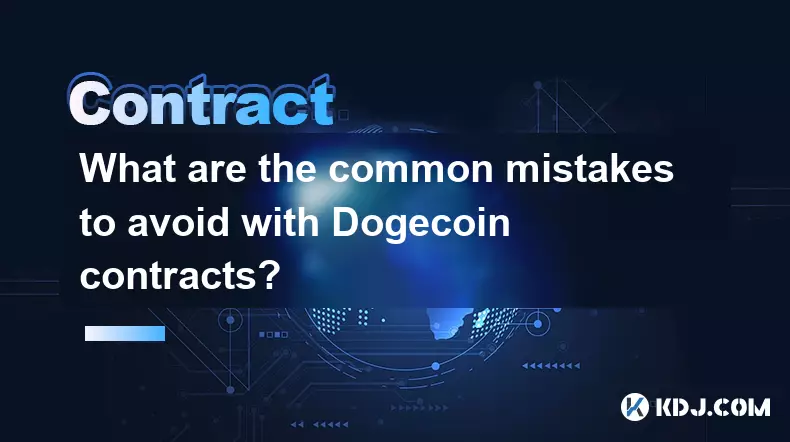
What are the common mistakes to avoid with Bitcoincoin contracts?
Oct 03,2025 at 08:54am
Emerging Trends in the Cryptocurrency Market1. Decentralized finance (DeFi) platforms continue to expand their influence across the blockchain ecosyst...

What is the maintenance margin for Bitcoin contracts?
Oct 02,2025 at 01:36am
Decentralized Exchanges Gain Momentum in 20241. Decentralized exchanges (DEXs) have seen a significant rise in trading volume, surpassing centralized ...
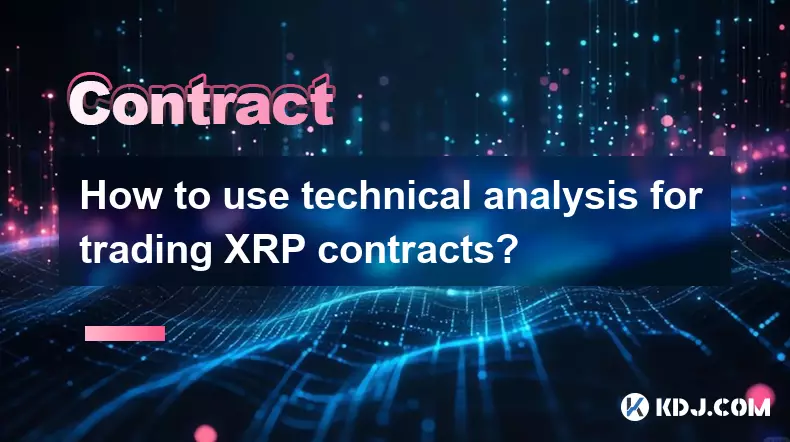
How to use technical analysis for trading XRP contracts?
Oct 03,2025 at 01:18pm
Understanding Price Patterns in XRP Futures1. Identifying chart patterns such as triangles, head and shoulders, and double tops or bottoms can provide...
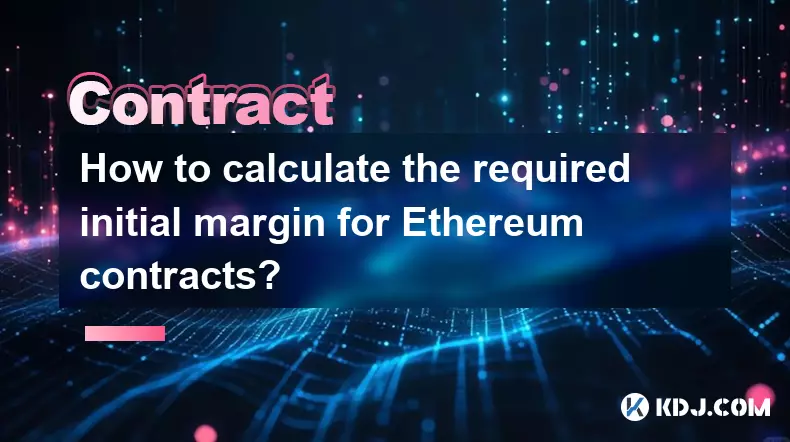
How to calculate the required initial margin for Ethereum contracts?
Oct 01,2025 at 06:01am
Understanding Initial Margin in Ethereum Futures1. The initial margin for Ethereum futures contracts represents the minimum amount of capital a trader...

What is the difference between futures and perpetual contracts for Bitcoin?
Oct 02,2025 at 11:54pm
Understanding Bitcoin Futures Contracts1. Bitcoin futures are derivative instruments that allow traders to speculate on the future price of Bitcoin at...

What is the best time to trade PEPE contracts?
Oct 03,2025 at 11:54am
Understanding PEPE Contract Volatility1. PEPE contracts exhibit extreme price fluctuations due to their meme-based nature and low market cap. Trading ...

What are the common mistakes to avoid with Bitcoincoin contracts?
Oct 03,2025 at 08:54am
Emerging Trends in the Cryptocurrency Market1. Decentralized finance (DeFi) platforms continue to expand their influence across the blockchain ecosyst...

What is the maintenance margin for Bitcoin contracts?
Oct 02,2025 at 01:36am
Decentralized Exchanges Gain Momentum in 20241. Decentralized exchanges (DEXs) have seen a significant rise in trading volume, surpassing centralized ...

How to use technical analysis for trading XRP contracts?
Oct 03,2025 at 01:18pm
Understanding Price Patterns in XRP Futures1. Identifying chart patterns such as triangles, head and shoulders, and double tops or bottoms can provide...

How to calculate the required initial margin for Ethereum contracts?
Oct 01,2025 at 06:01am
Understanding Initial Margin in Ethereum Futures1. The initial margin for Ethereum futures contracts represents the minimum amount of capital a trader...
See all articles










































































